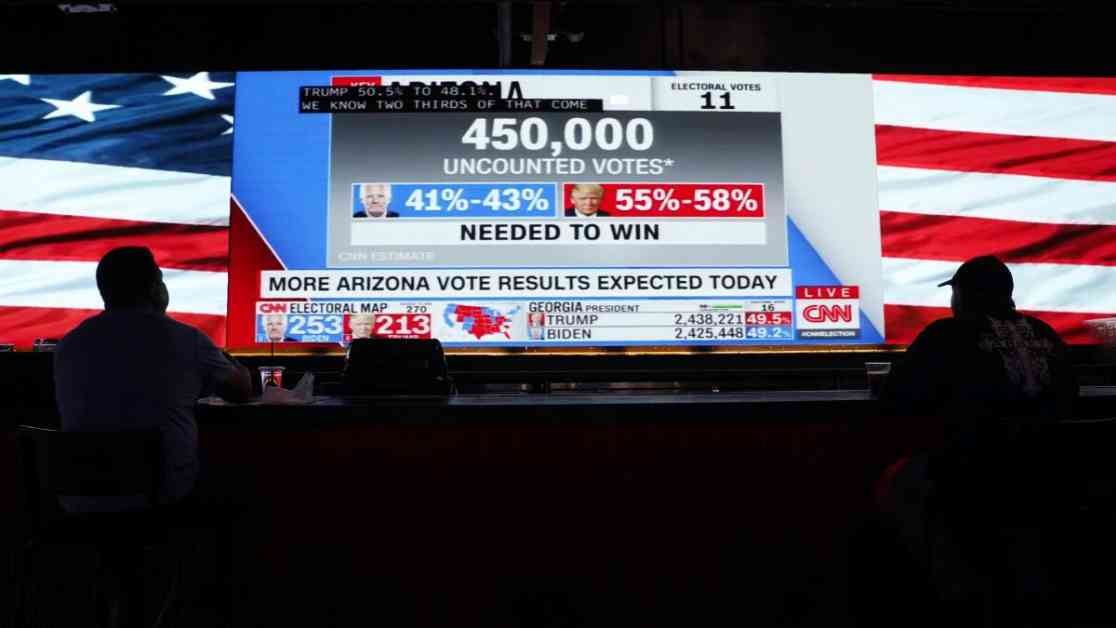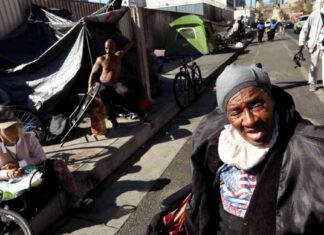Ah, autumn is here, and with it comes the season of pumpkin spice, falling leaves, and the infamous poll derangement syndrome that grips many of us during presidential elections. Waking up and immediately checking the latest polls on Real Clear Politics and 538 has become a daily routine for many, myself included. The anxiety that comes with seeing the slim margin between the blue and red lines can be overwhelming. It’s like a rollercoaster ride, trying to predict the outcome and stocking up on either champagne or antidepressants before election day.
Reflecting on past experiences, I vividly remember the shock of the 2016 election when the polls failed to accurately predict the outcome. The American Association for Public Opinion Research conducted a postmortem analysis and identified a critical flaw in polling methodology. The samples were skewed towards college graduates, leading to an underrepresentation of non-college-educated voters who overwhelmingly supported Trump. This miscalculation highlighted a significant shift in political preferences among different demographic groups, a trend that had been brewing for years but was crystallized by Trump’s candidacy.
Fast forward to the 2020 election, and pollsters once again struggled to accurately gauge public sentiment. While they correctly predicted Biden’s victory, they overestimated his support due to record turnout and the unpredictability of new voters. Biden’s chief pollster, John Anzalone, admitted the challenges of modeling voter turnout, particularly during the Trump era. The polls have become less reliable when Trump is on the ballot, adding another layer of uncertainty to an already complex political landscape.
Despite the shortcomings of polling, the desire to know who is ahead in the race remains strong. Many news organizations have shifted their focus from the horse race narrative to understanding the underlying dynamics and coalitions shaping the election. However, the allure of polls and the need to predict the outcome persist. Polls, flawed as they may be, offer a glimpse into the ever-changing political landscape and provide a sense of control in an unpredictable world.
As we navigate through another election cycle, it’s essential to approach polls with a critical eye and an understanding of their limitations. While they may not always accurately predict the outcome, polls serve as a barometer of public opinion and a reflection of the shifting political currents in our society. So, whether you’re anxiously refreshing the latest poll numbers or tuning out the noise, remember that the true essence of democracy lies not in predictions but in the collective voice of the people.



























